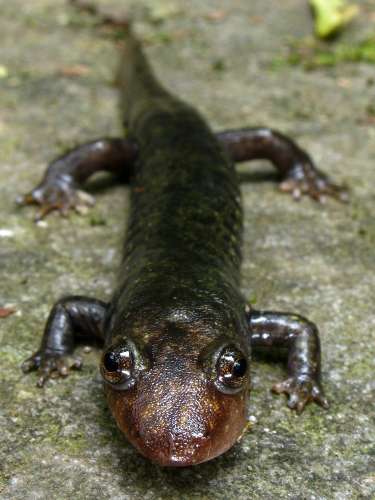 Today is the second day in a US Geological Survey amphibian two-fer. If you like your wildlife moist and federally researched, you’ve come to the right place.
Today is the second day in a US Geological Survey amphibian two-fer. If you like your wildlife moist and federally researched, you’ve come to the right place.
Scientists have long suspected that climate change is an important factor in amphibian declines, a US Geological Survey press release notes, and resource managers are asking whether conservation measures might help species persist or adapt in a changing climate. Three recent U.S. Geological Survey studies offer some insight into the issue.
The studies were conducted by researchers at the U.S. Geological Survey’s Amphibian Research and Monitoring Initiative, or ARMI.
One study found that it’s not the heat, it’s the precipitation that will drive amphibian’s response to climate change. That is, the alternating droughts and deluges that are predicted to worsen as climate change increases, will hurt amphibian populations as they struggle to adapt to ever-changing water levels. Read that paper in the journal Biology.
Another study confirmed that drought hurts populations of mole salamanders, at least over the short term. The study was important because the mole salamanders are similar to the federally threatened flatwoods salamander, and the finding implies that climate change will be yet another stressor to the threatened species. Read the paper in the journal Wetlands.
The third study showed U.S. Department of Agriculture’s Wetlands Reserve Program is effective in increasing the species richness of frogs and toads on farms in the program. Creating permanent, or at least long-lasting, water sources seems to be the primary reason. Learn more in the paper in the journal Restoration Ecology.
You can read a more detailed summary of these three studies in the USGS press release, here.
Photo: Black-bellied salamander (Desmognathus quadramaculatus) was found in the Citico Creek Wilderness, Cherokee National Forest, Tennessee. Not sure what it has to do with these studies, but it’s cute. Photo by Alan Cressler, courtesy USGS.
 From an Indiana Department of Natural Resources press release:
From an Indiana Department of Natural Resources press release:
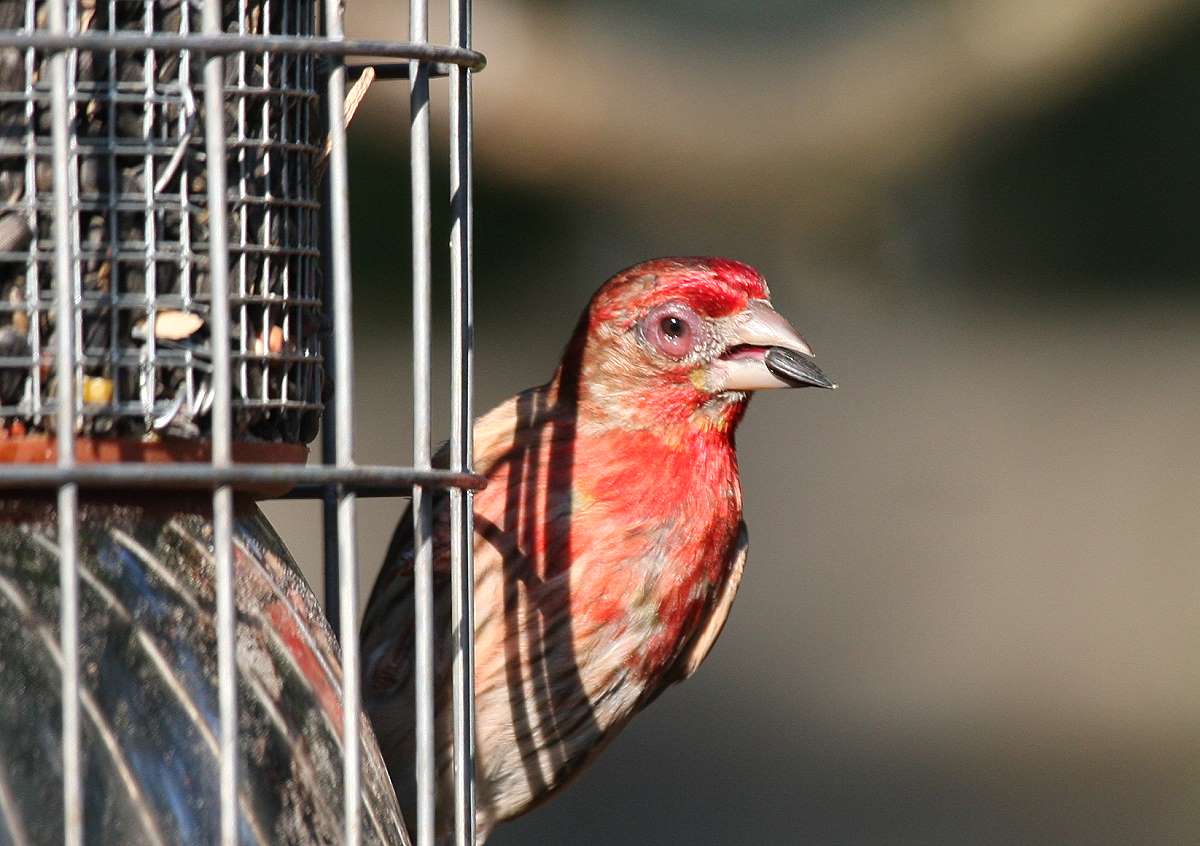 House finch eye disease, which was first struck in the 1990s, unexpectedly became more virulent over time, says a paper published this week by
House finch eye disease, which was first struck in the 1990s, unexpectedly became more virulent over time, says a paper published this week by  Today is the second day in a US Geological Survey amphibian two-fer. If you like your wildlife moist and federally researched, you’ve come to the right place.
Today is the second day in a US Geological Survey amphibian two-fer. If you like your wildlife moist and federally researched, you’ve come to the right place. There have been studies that have calculated the likelihood of extinction for various amphibian species, but the first study to calculate how fast amphibian populations are declining was recently published in
There have been studies that have calculated the likelihood of extinction for various amphibian species, but the first study to calculate how fast amphibian populations are declining was recently published in 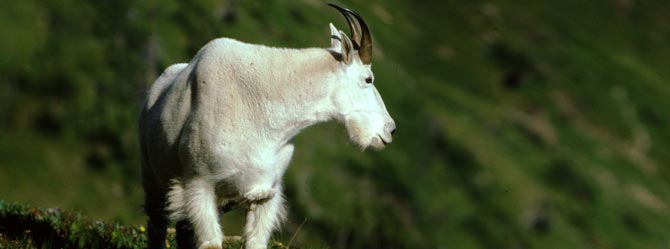 The Wyoming Game and Fish Department recently captured four mountain goats in the western part of the state as part of an on-going study into the animals’ travel between Idaho and Wyoming, says an Associate Press article in the Billings Gazette.
The Wyoming Game and Fish Department recently captured four mountain goats in the western part of the state as part of an on-going study into the animals’ travel between Idaho and Wyoming, says an Associate Press article in the Billings Gazette.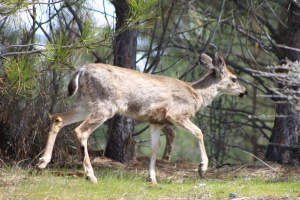 California Department of Fish and Wildlife (CDFW) researchers have captured and collected hair and blood samples from more than 600 deer and elk in an effort to understand “deer hair-loss syndrome,” says
California Department of Fish and Wildlife (CDFW) researchers have captured and collected hair and blood samples from more than 600 deer and elk in an effort to understand “deer hair-loss syndrome,” says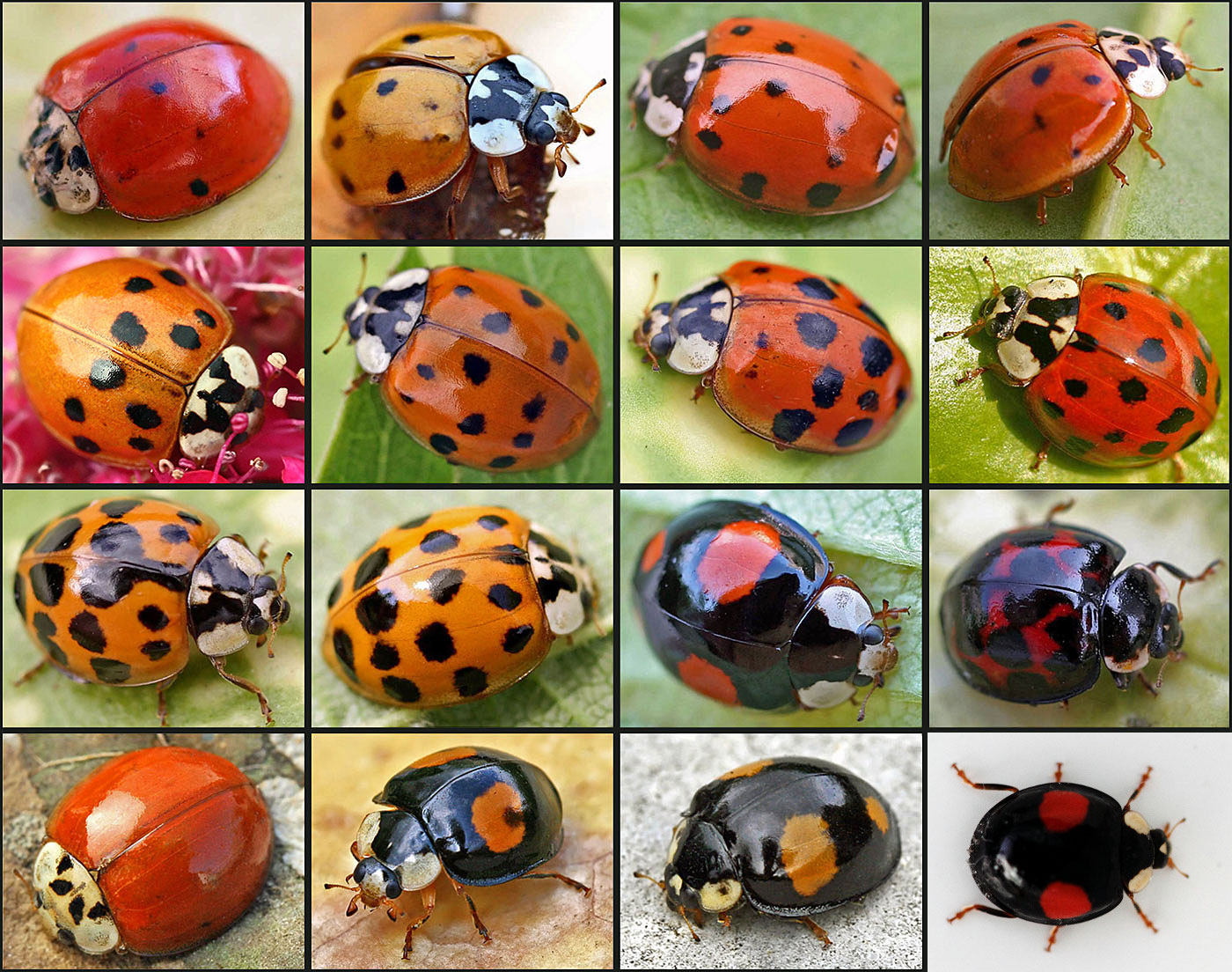
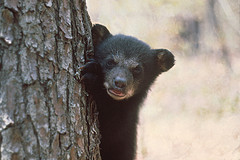 About 200 people watched as the Oklahoma Department of Wildlife Conservation released a young black bear. The bear had been found and tranquilized in a university campus neighborhood and was released in a wildlife area, reported
About 200 people watched as the Oklahoma Department of Wildlife Conservation released a young black bear. The bear had been found and tranquilized in a university campus neighborhood and was released in a wildlife area, reported 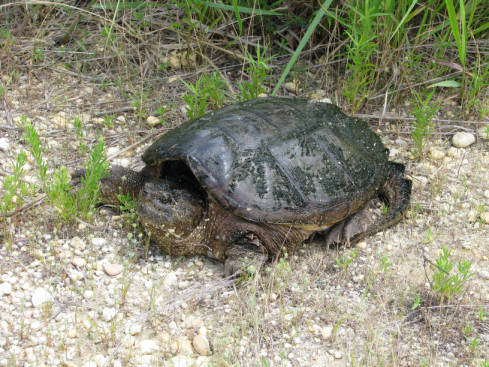 All over the Internet, on
All over the Internet, on